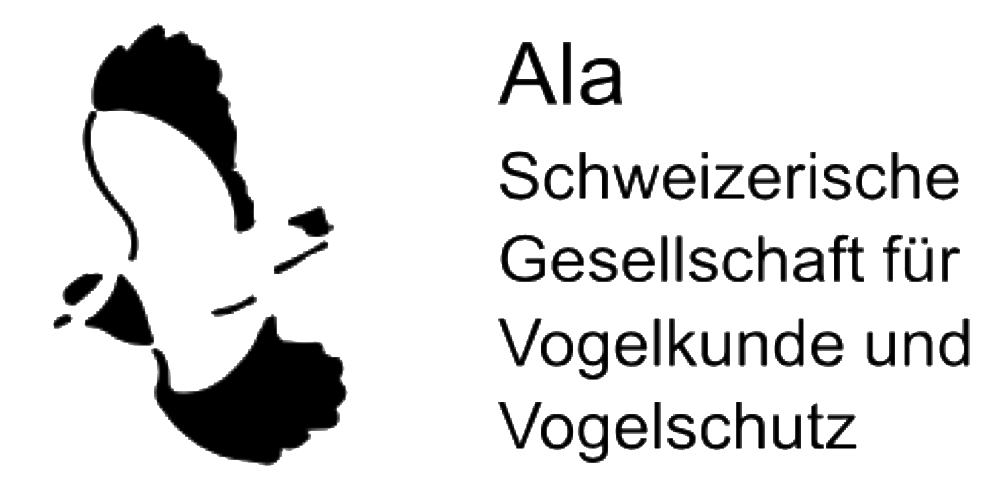Artikel-Suche
einfache Suche | erweiterte Suche
Autor(en)
Jenny, D.
Titel
Kollisionen zwischen Steinadlern Aquila chrysaetos und Flugzeugen in den Alpen.
Jahr
2010
Band
107
Seiten
101–110
Key words
(von 1994 bis 2006 vergeben)
(von 1994 bis 2006 vergeben)
Schlagwort_Inhalt
Flugverhalten, Aggression, Attacke, Kollision, Todesursache, Sterblichkeit, Brutperiode
Schlagwort_Vogelart
(wissenschaftlich)
(wissenschaftlich)
Aquila chrysaetos, Buteo buteo, Milvus milvus, Falco peregrinus, Falco tinnunculus
Schlagwort_Vogelart
(deutsch)
(deutsch)
Steinadler, Mäusebussard, Rotmilan, Wanderfalke, Turmfalke
Schlagwort_Geogr.
Schweiz, Alpen, Wallis, Graubünden, Bern, Uri, Appenzell Innerrhoden, St. Gallen, Luzern, Frankreich, Italien, Deutschland
Sprache
deutsch
Artikeltyp
Abhandlung
Abstract
Collisions between Golden Eagles Aquila chrysaetos and aircraft in the Alps. – Collisions between Golden Eagles Aquila chrysaetos and aircraft are rare incidents but nevertheless they occur in the Alps with a certain regularity. Gliders have been involved in most of the 20 documented cases whereas hang gliders have been affected three times less; only one case each has been documented as regards paragliders, helicopters and small aircraft.
Of the 20 cases of collisions documented in this paper, at least two thirds were attacks by eagles motivated by aggression, the other collisions were of incidental nature or carried out for unknown reasons. The attacks were directed at the wing or the cockpit of the aircraft. At least half of the collisions were lethal to the eagles. In more than half of the cases the collisions caused damages to the aircraft, however none of the incidents significantly affected the steering of the aircraft.
Possible causes for the attacks on aircraft are discussed: The inborn disposition of territorial raptors to defend their food resources makes them attack intruders of the same species within their territory. No clear relationship to the time of breeding was found. Endogenous factors (hormones), the occurrence of intruders (irritation factors) and the falling short of a critical distance are factors that can, in combination, cause Golden Eagles to react to aircraft by attacking them.
Aggressively motivated undulating flight, which is typical for the Golden Eagle, often precedes attack. Pilots should be able to interpret these threatening signals and withdraw as quickly as possible from the proximity of the eagle. At least some collisions could be avoided in that way.
PDF Dokument (öffentlich)
PDF Dokument (registrierte Mitglieder)












